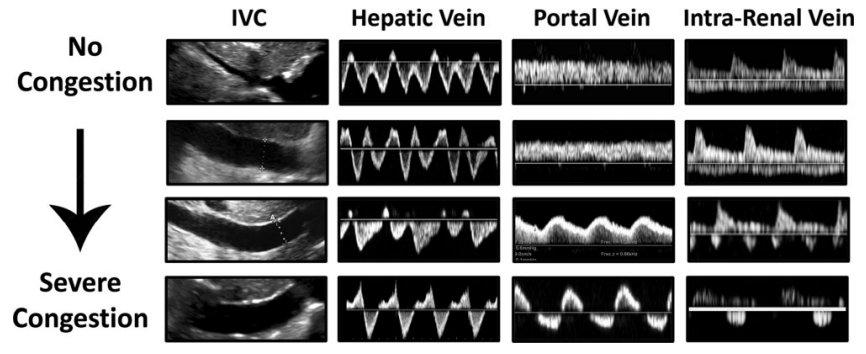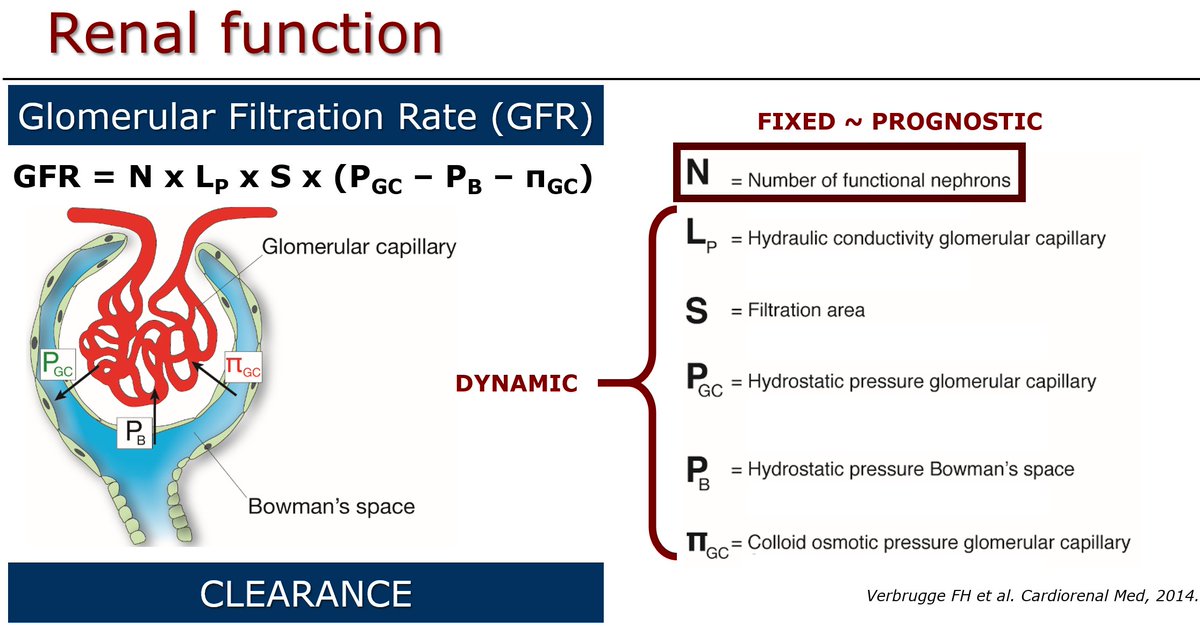
Don't miss our monthly educational review #EHJACVC @ESC_Journals!
This month by the great @ArgaizR: fluids in #AKI
Co-starring: @ThinkingCC @khaycock2
Extremely proud that our journal offers a platform to 3 great clinicians & Twitter educators. I always learn from them...
This month by the great @ArgaizR: fluids in #AKI
Co-starring: @ThinkingCC @khaycock2
Extremely proud that our journal offers a platform to 3 great clinicians & Twitter educators. I always learn from them...

A strong argument is made to switch mainstream thinking in #AKI away from the fallacious concept of fluid responsiveness in all to a primary assessment of fluid tolerance.
Probably the most important thing I have learned on Twitter: #VExUS
Probably the most important thing I have learned on Twitter: #VExUS

Why do I like #VExUS so much? Because it really changed my everyday practice... Portal vein became part of my standard #echocardiography assessment.
And that's what we want to achieve with this review, offer something directly applicable at your bedside!
And that's what we want to achieve with this review, offer something directly applicable at your bedside!

Join the #diuresisjedi and go after these people who think fluids (& especially electrolytes they contain) are harmless...
People @HeartBrussels know that I am obsessed with trying to avoid a positive sodium and/or chloride balance in hospitalised patients: #killer
People @HeartBrussels know that I am obsessed with trying to avoid a positive sodium and/or chloride balance in hospitalised patients: #killer
Never forget: fluids never help the kidneys when they don't come out!
• • •
Missing some Tweet in this thread? You can try to
force a refresh










